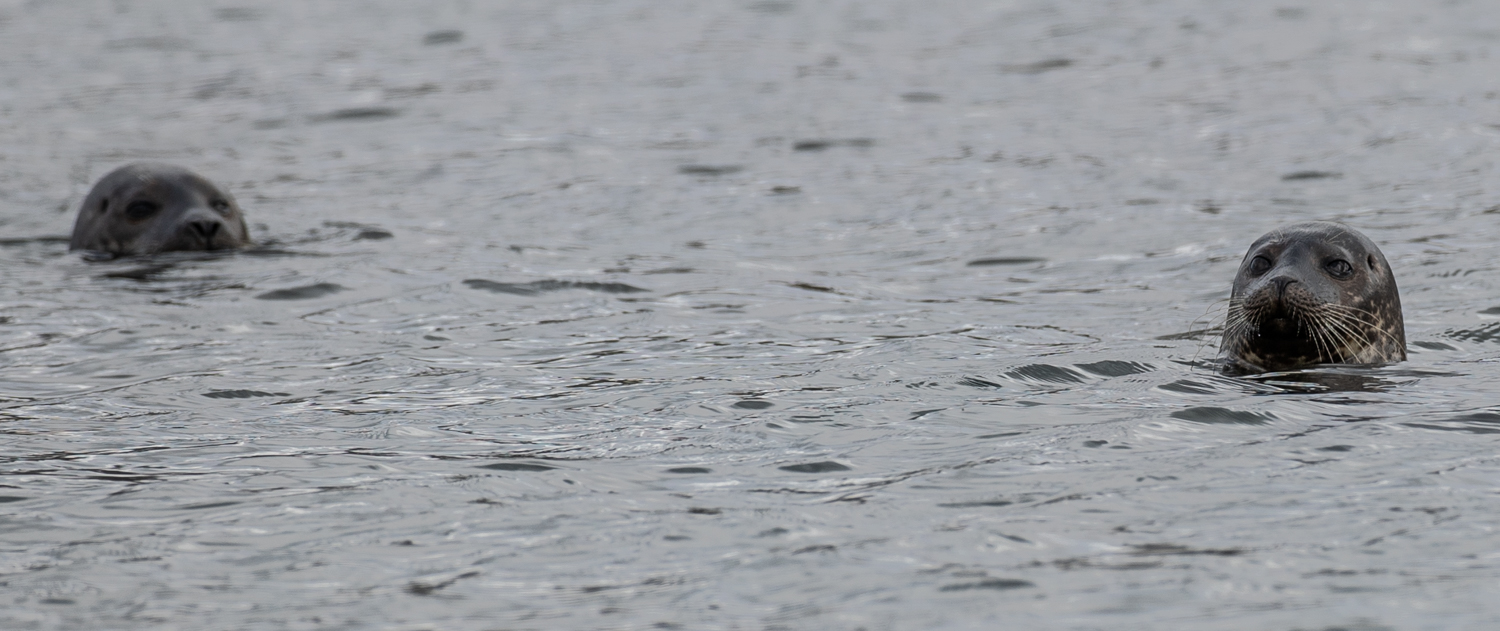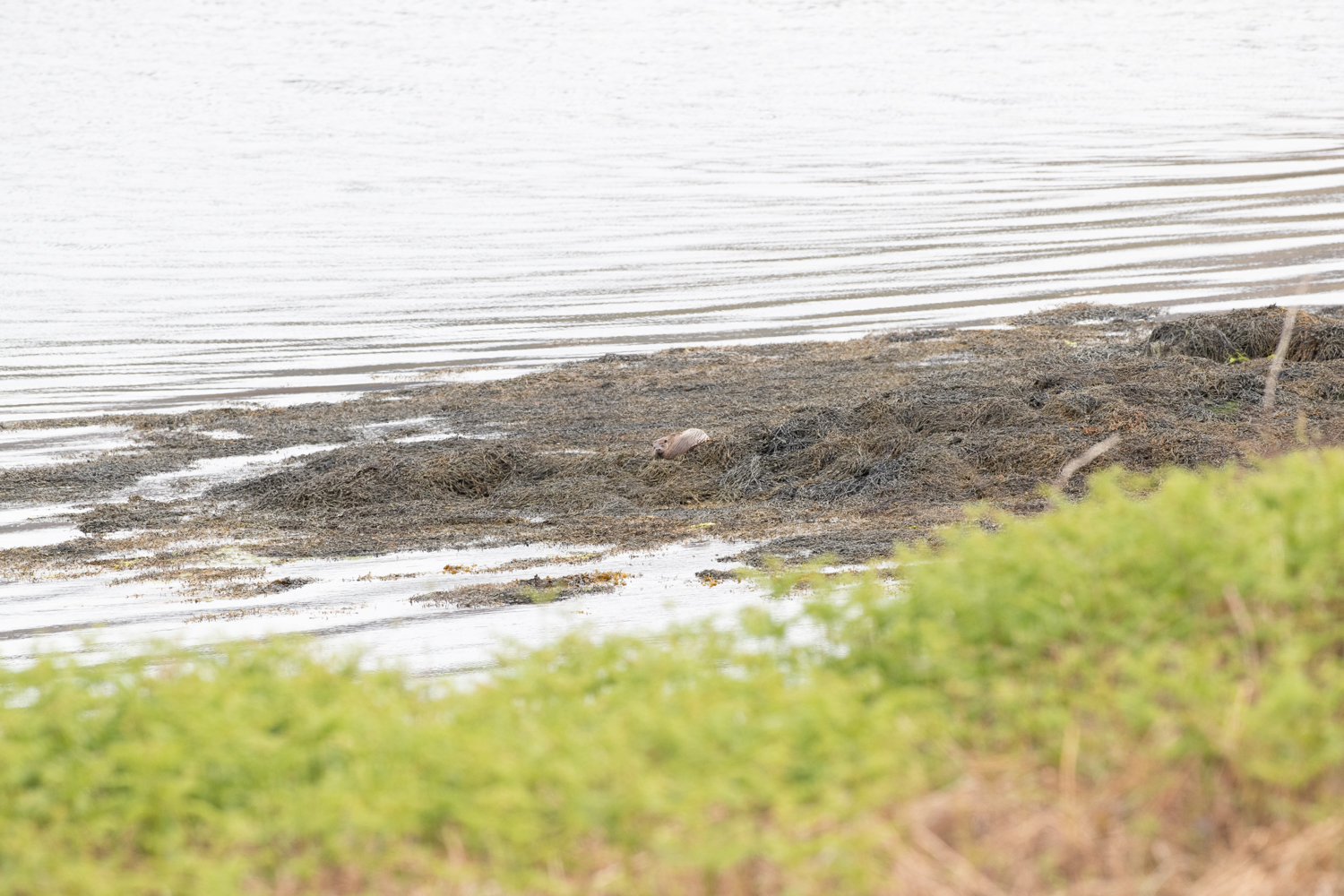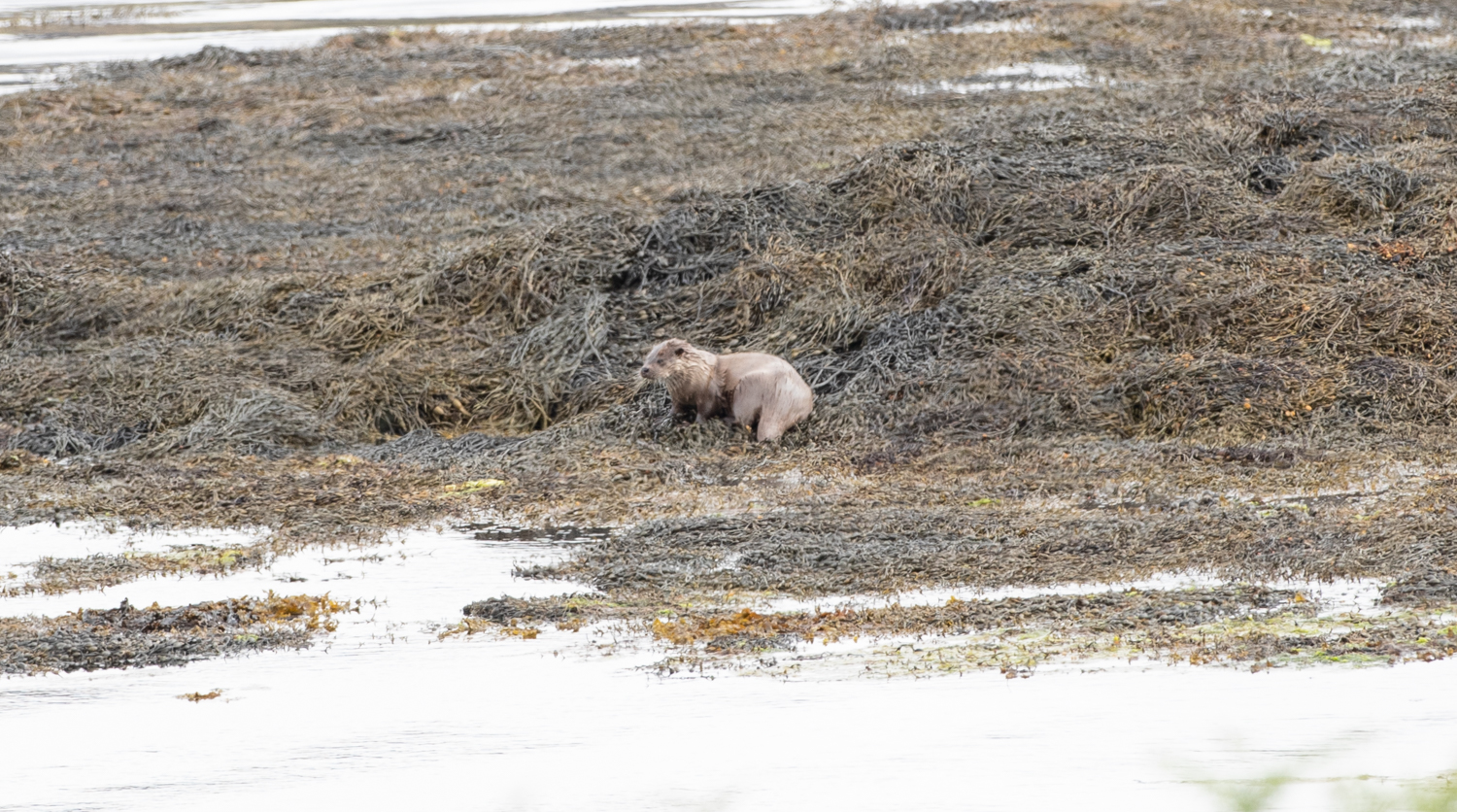In late May I decided to go to an area of the country that I have never been to before, and one that keeps coming up in conversations as one of the best wildlife areas we have in the UK, The Outer Hebrides. If you don’t already know, it’s a group of Islands at the far North West of the UK and its often referred to as The Western Isles. Many waders migrate north passing through the Western Isles and a lot of them stop here to breed, making it one of the most southerly breeding grounds for waders like Sanderling, and Dunlin allowing us to see them in their magnificent breeding plumages.
The geography and geology of the area is equally as fascinating as its wildlife. The Outer Hebrides is an archipelago made up of over 65 islands, some inhabited, some not, and on these islands there are over 7500 freshwater lochs! That is quite difficult to get your head around and is only really apparent when driving around the islands, they are peppered with lochs, estuaries, rivers, ponds, and every other name for bodies of water you can think of.
Getting there is an adventure in itself. It took 7 hours from Manchester to get to Glen Nevis campsite, which is next to Ben Nevis and where we overnighted. Then from there, an hour to Mallaig ferry where we got the Calmac Ferry across to Lochboisdale on South Uist which took 3.5 hours. I was very much looking forward to the ferry as it is reportedly excellent for sea-watching and we were in prime Skua passage season. The weather was miserable and the winds were not in my favour for Skuas but there was still lots to be seen. I saw various large pods of distant dolphins, probably common. At a guess I bet there were over 100 dolphins seen. There were huge rafts of Manx Shearwater resting on the waters surface, especially when passing the Isle of Rum where they breed. You could see them just waiting till it went dark before they would make their nocturnal journeys back to their burrows on land. Other birds of note were plenty of puffin, a few Kittiwake and 2 or 3 Red-breasted Merganser as we were coming into the port of Lochboisdale. We were overnighting at Kilbride campsite at the very southern point of South Uist, and upon arrival we were greeted by the unmistakable sounds of Corncrake.
Here is my eBird checklist for the ferry crossing.
In the morning, a very short walk around the campsite produced a stunning pair of Arctic Skuas migrating north, my first ever flying Corncrake which was darting across a pasture, a fishing Common Tern, lots of Willow Warblers, and a Stonechat. We had to leave Kilbride as I was going out with Steve Duffield for the day who is the main bird guide for the Uists, and we were meeting at our next campsite called Moorcroft Holidays on North Uist, a substantial drive about an hour away. Steve had a full group with him as it was peak birding season and we all loaded into his van and cracked on with the birding. He took us to a site where Bearded Tit had been seen, a rarity for this part of the world, but unfortunately there were no signs. On the way we had great views of Little Tern diving which was a nice tick for the list. One of my main targets for the whole trip is the Red-necked Phalarope, mainly due to its scarcity, but also because I find their life history so fascinating. We then headed over to the site for the Phalaropes. We pulled over in a lay-by in Griminish on the island of Benbecula, which was overlooking an unassuming corner of a shallow loch that did not at all look like what I had in mind as a place to find Phalaropes. This is one of a small handful of breeding areas for these birds in the whole of the UK, and surprisingly wasn’t even protected. These waders do things differently to most other birds, they breed in the artic then lead a pelagic life in the tropics as far away as Chile. They also have sex role reversal, the females are the colourful ones and compete to find males, while the male is more drab and is then responsible for incubating the eggs and rearing the young. The females are also Polyandrous, and can mate with several males. These girls have got things sussed out! Anyway, Steve explained that the birds at this site were quite restless and moved to and from two nearby lochs all day. We were only waiting a couple of minutes and a pair turned up. The light was awful and the birds quite distant but I managed to get a few snaps in
We left the phalarope site to visit a few of the ever present lochs looking for Otter. No joy but we saw one distant black-throated diver and and a Great Northern Diver which was not too far and was in lovely breeding plumage. Driving down the road Steve spotted a Golden Eagle on a post, and we soon realised it was being relentlessly mobbed by a Short-eared Owl, not something you see every day! The eagle flew off, flying low over the moors and through a small village, leaving us wishing we were in that village! We then headed over to South Uist, to an area that I think had been taken over by the RSPB called Loch Druidibeg. An absolutely stunning place that was teaming with wildlife. We parked up to scan the lochs from above, and saw a pair of Black-throated divers flying in, a spectacle in itself as these birds don’t seem designed to fly and look very front heavy with their huge neck, propelled by their tiny wings flapping like mad at the back. Next up was a huge White-tailed Eagle coming in over the high ridge, which was suddenly mobbed by an Osprey, which are surprisingly not too common on Uist even though there is an endless supply of water and fishing. Apparently it’s the lack of trees that prevent them hanging around to set up territories. The Osprey came out on top to my surprise, with the eagle retreating to the next valley and the Osprey landing on a stone on the ridge. A toilet stop was needed, which gave us chance to get really close to some starlings nesting in a dry stone wall. These starlings are a Hebridean race, and resemble the Spotless starlings of Europe. We also got really good views of Corncrake, and watched them calling from a cluster of nettles, effortless sneaking from tussock to tussock without getting detected. It was easy to see why you hardly ever lay eyes on this animal, as it gets so low down and skulks in a mammal like fashion.
Moving on, we ended up at at the coast on the Machair with some nice little rock pools that were good for waders. There were plenty gulls, allowing for a nice size comparison between Common, Herring and Black-headed, and there was also a nice mixed party of Dunlin, Sanderling and Turnstone, giving us super close views and some nice shots.
Mixed gull flock, South Uist
Breeding plumage Dunlin, South Uist
Sanderling, South Uist
The final port of call was a small inland loch where Steve was hoping to see Otter. On arrival we were greeted by the tune of a Sedge Warbler, and some very inquisitive Harbour Seals that came in close to see what we were up to. One of them had really blue eyes contrasting its dark fur, which looked very unusual. Then, at the eleventh hour, we finally got our first otter of the day. A pair were frolicking in and out of the water on to a bank of seaweed. One minute they would be resting, then they would clean themselves and next they would jump back in the water. Truly restless animals!
And that was that, a great day out was had. Many thanks to Steve Duffield for sharing his expert knowledge of the islands! The full list of birds that was seen can be found here on my eBird Checklist.
Thanks for reading and please sign up to my newsletter for more wildlife related blogs and photography:
















